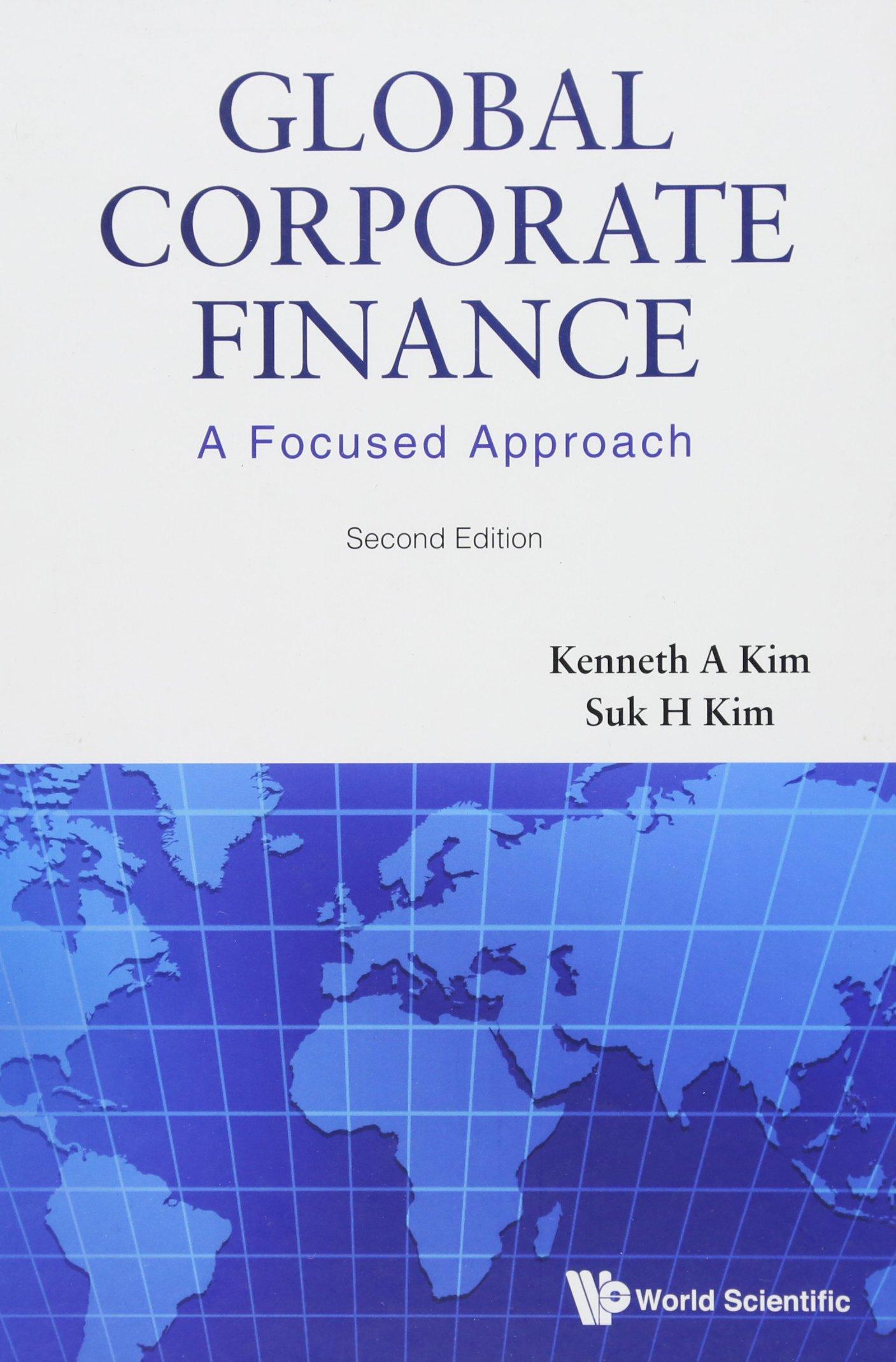Answered step by step
Verified Expert Solution
Question
1 Approved Answer
Can you please verify if the answers I selected are correct? Thank You!! BETTY: OK, that makes sense, but how do you know how risky
Can you please verify if the answers I selected are correct? Thank You!!

BETTY: OK, that makes sense, but how do you know how risky an investment is? IZZY: It depends on how many investments you hold. If you hold only one investment-not just one type, such as one house, one car, one savings account, but one of all possible investments-then you can measure the riskiness of that investment by calculating the of the investment's possible returns. standard deviation riskiness, If you're holding a portfolio of assets, on the other hand, then the risk that is of greater interest is the portfolio's and how the addition of a new security or asset would affect the overall riskiness of the portfolio. This brings us to a related concept: the advantages and disadvantages of_diversification BETTY: This is related to the notion of not putting all of your eggs in one basket, isn't it? Doesn't it mean just holding a bunch of securities rather than only one or two? That way if the value of one stock goes down, its loss will be offset by the gains exhibited by the other securities in the portfolio. Right? IZZY: Not exactly. Effective diversification requires knowledge of the extent to which the returns of an asset exhibit the same changes, increases or decreases over time, as the returns of another asset or group of assets. Notice that it is not the magnitude of return that is important in this case, but the degree to which their movements are synchronized over time. This tendency to move together is measured and assets that are perfectly positively correlated perfectly negatively correlated by the asset's correlation coefficient generate returns that exhibit the identical pattern over time. In contrast, assets generate returns that exhibit the exactly are opposite pattern Another way of thinking about the risk-reduction benefits of diversification is to focus on the standard deviations of the assets. If the standard deviation of the returns of an asset being added to a portfolio is greater than the standard deviation of the portfolio's return, then the riskiness of the portfolio will increase, rather than decrease, which is contrary to the goal of diversification It should be noted, however, that during the period of 1968 to 1998, the correlation coefficient for most pairs of randomly selected U.S companies was 0.28. This means that the addition of a randomly selected U.S. company to a portfolio of other U.S. corporations should the riskiness of the portfolio increase
Step by Step Solution
There are 3 Steps involved in it
Step: 1

Get Instant Access to Expert-Tailored Solutions
See step-by-step solutions with expert insights and AI powered tools for academic success
Step: 2

Step: 3

Ace Your Homework with AI
Get the answers you need in no time with our AI-driven, step-by-step assistance
Get Started


